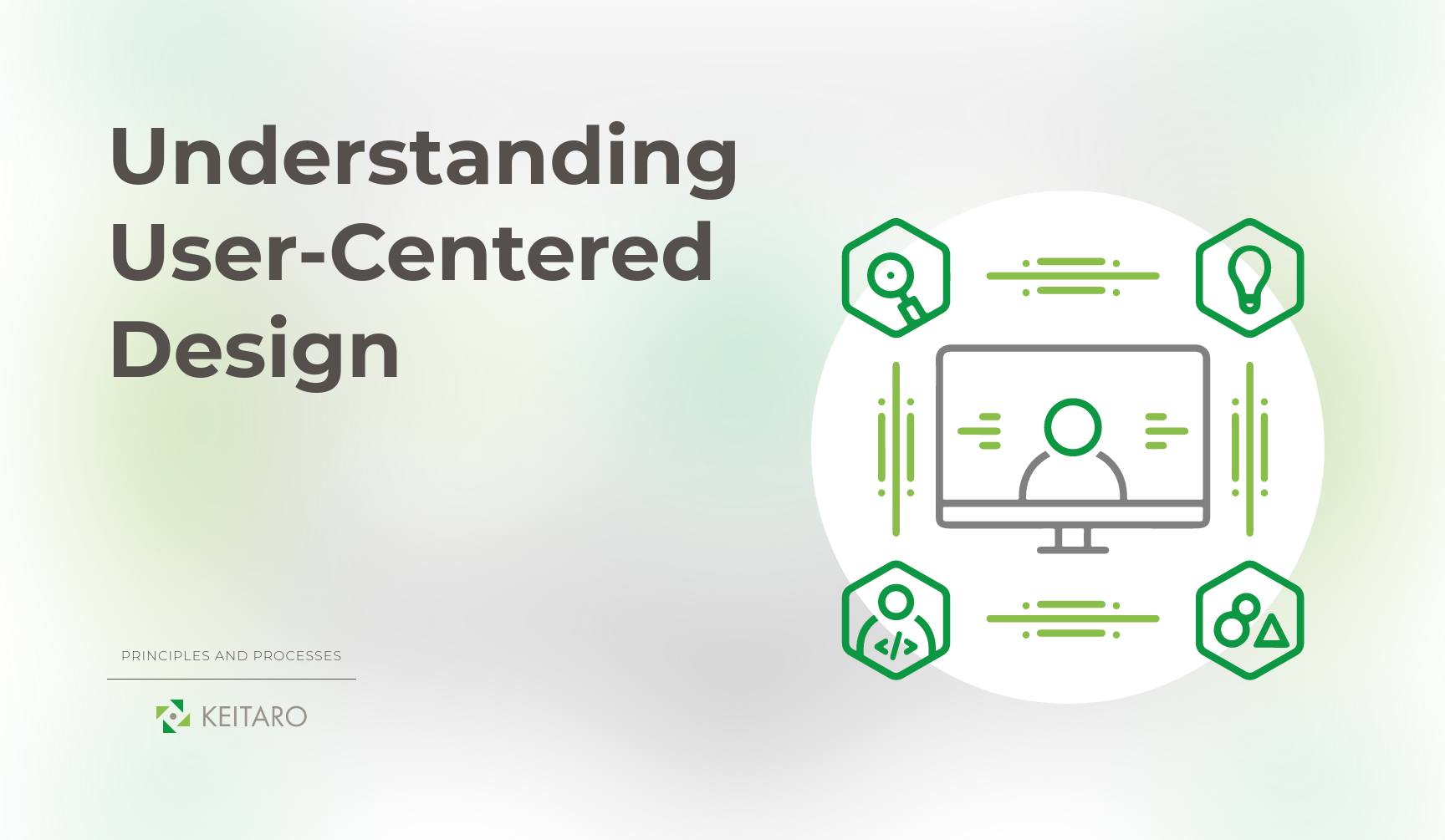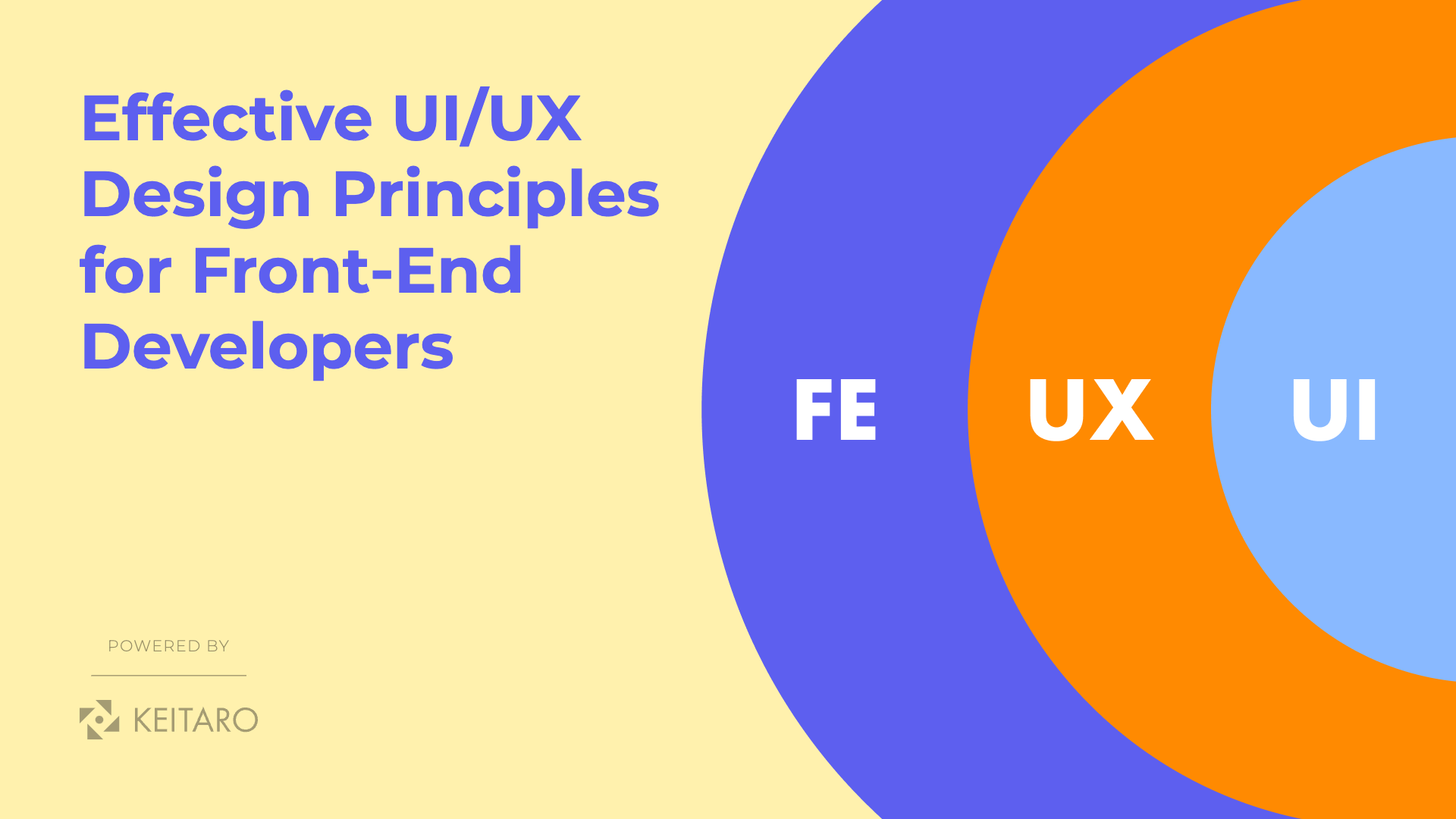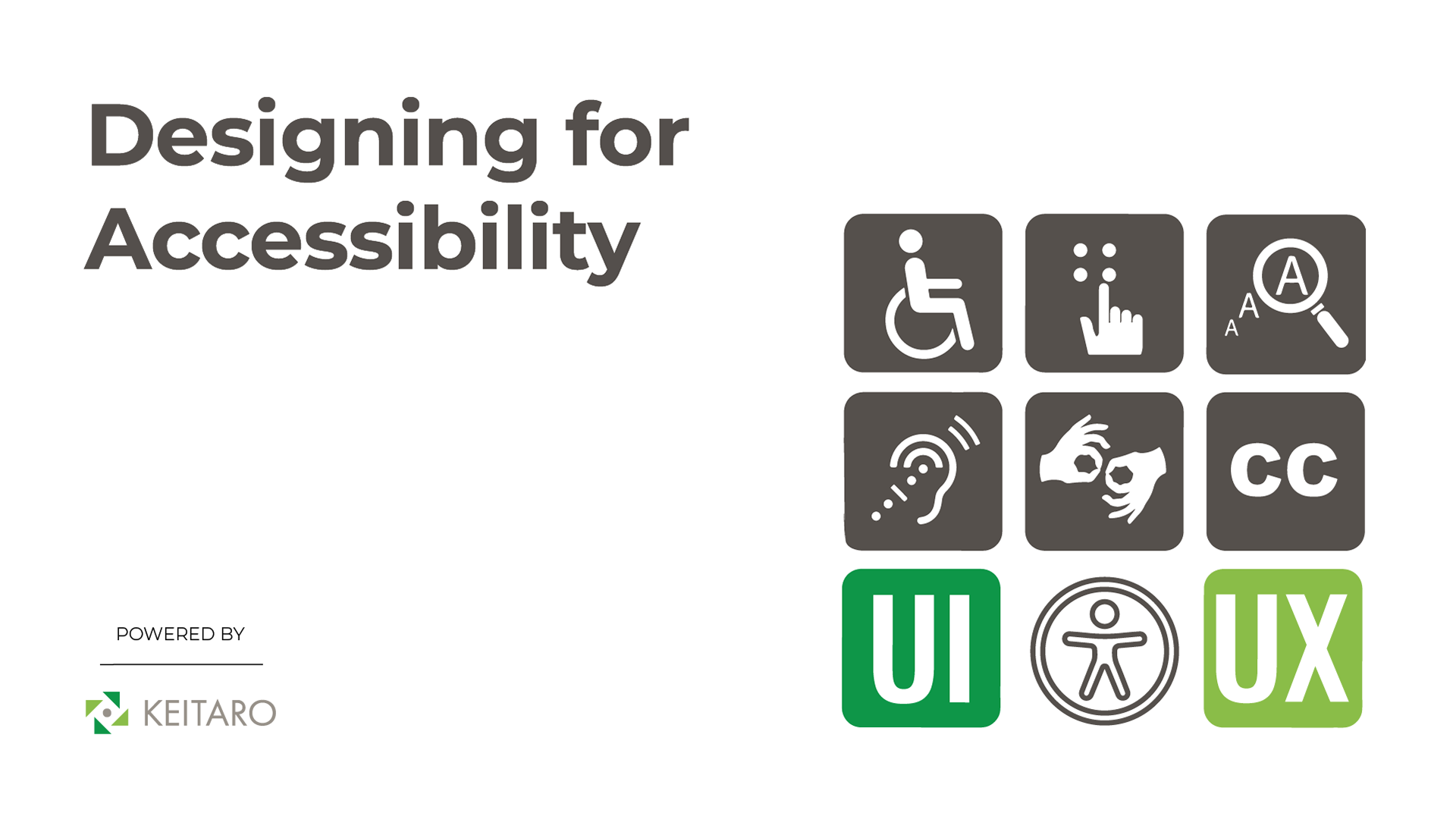User-Centered Design (UCD) stands at the core of creating products and services that resonate with users, addressing their needs and preferences while ensuring seamless interactions. In this comprehensive blog post, we delve into the essence of UCD, exploring its principles, processes, and real-world applications.
1. What is User-Centered Design?
User-Centered Design, often abbreviated as UCD, is a design philosophy rooted in empathy for the end user. Unlike traditional design approaches, UCD prioritizes understanding user behaviors, needs, and motivations, shaping the entire design process around these insights.
Key Principles of User-Centered Design
- Empathy for the User: UCD starts by putting yourself in the user’s shoes, understanding their perspectives, challenges, and goals.
- Iterative Design: UCD embraces an iterative approach, allowing for continuous refinement based on user feedback and evolving requirements.
- Usability Testing: Rigorous usability testing ensures that the end product is intuitive, efficient, and enjoyable for users.
2. The User-Centered Design Process
Understanding the Context of Use:
The UCD journey commences by comprehensively understanding the context in which the product will be used. This involves in-depth research, user interviews, and market analysis.
Specifying User Requirements:
Precise user requirements form the foundation of UCD. These requirements are derived from user feedback, surveys, and observations, providing a clear direction for the design team.
Designing Solutions:
Armed with user insights and requirements, the design team creates prototypes and mockups, focusing on intuitive interfaces and user-friendly interactions.
Evaluating Against Requirements:
Usability testing plays a pivotal role in UCD, allowing designers to assess the product against user-defined criteria. Iterative changes are made based on this evaluation, ensuring continuous improvement.
Involving Users Throughout:
One of the key tenets of UCD is active user involvement throughout the design process. User feedback, collected at various stages, guides design decisions, making the final product a result of collaborative efforts.
3. Case Studies: Success Stories and Lessons Learned
Airbnb:
Airbnb’s success story is rooted in UCD. By understanding travelers’ needs and hosts’ aspirations, Airbnb created a platform that revolutionized the hospitality industry. The lesson learned: UCD fosters innovation by aligning business goals with user needs.

Source: Airbnb.com
Apple iPhone:
The iPhone’s intuitive interface and user-friendly design are a testament to UCD principles. Apple’s relentless focus on user experience elevated the iPhone to iconic status, emphasizing the importance of seamless interactions and elegant design.

Source: Apple.com
Keitaro:
In our quest to design user-friendly interfaces, we prioritize simplicity and functionality, maintaining a consistent and cohesive design across all components.
Our user interfaces are intuitively designed, featuring clean aesthetics and clear communication. Using our UI designs is a breeze, without the need for complex learning or deep thinking. We focus on tailoring each design to suit the unique requirements of the project while steering clear of deceptive practices.
One of the internal projects that showcase our user-centered design approach is the Blog Image Generator. Keitaro’s Marketing department needed a simple image compositing tool. The challenge was to be able to quickly create social media content with standardized look and feel, specifically for the visual content of the Insights page on our website.
BIG is a simple image compositing tool. The user can create an image suitable for sharing across various media with minimum effort.
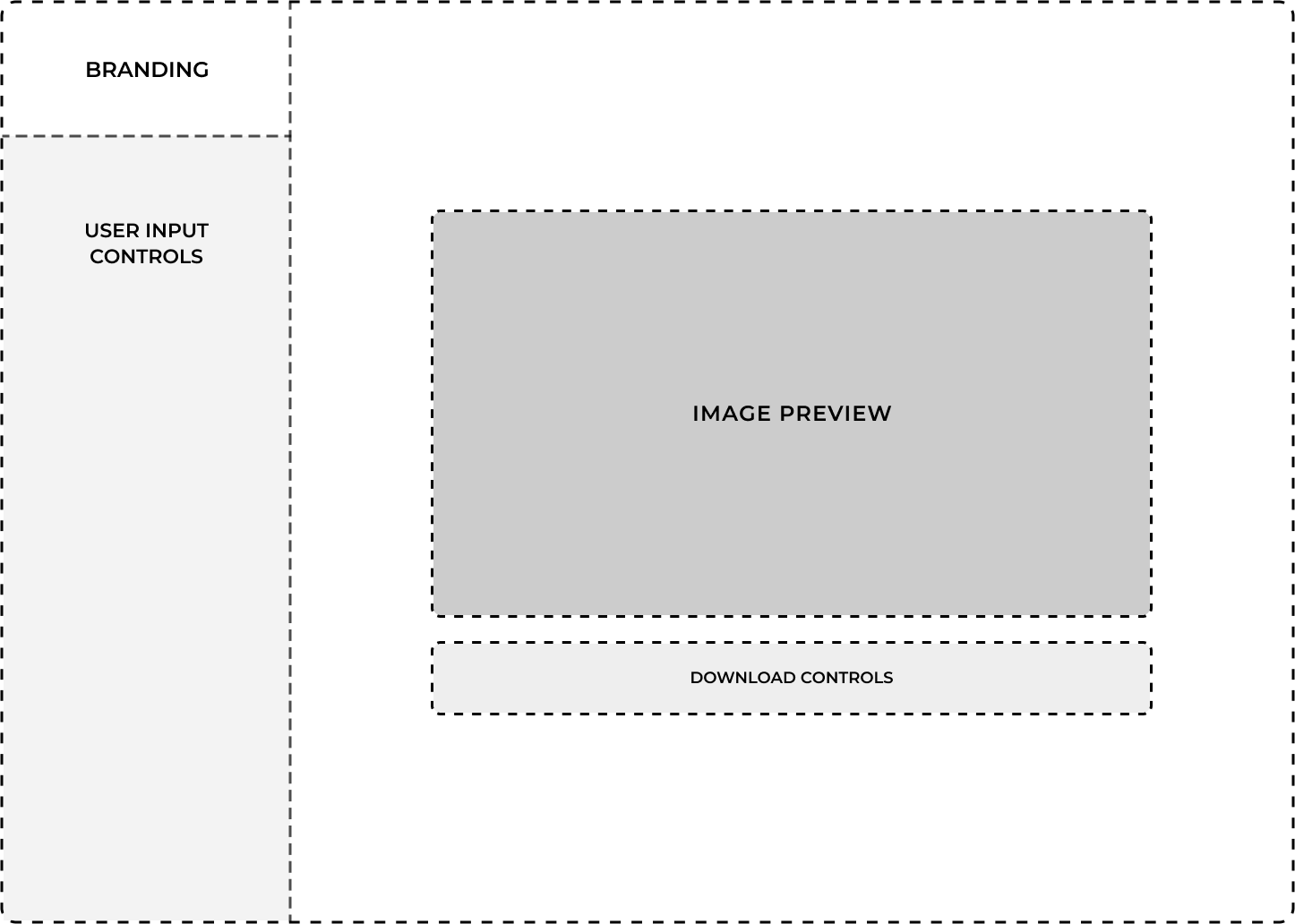
Changes are made live and the preview of the composited image is always up-to-date. As soon as the user makes changes through the provided controls, the preview is redrawn. Using scale, padding, positioning, borders, gradients, and colors the user can create an engaging image in a very short amount of time – let’s say in about half an hour.
And not just that, we want the user to have control over the aspect ratio of the final image and to download an image that does not require additional editing with external software applications.
In less than 2 weeks, we’ve had our final result – Keitaro’s Blog Image Generator.
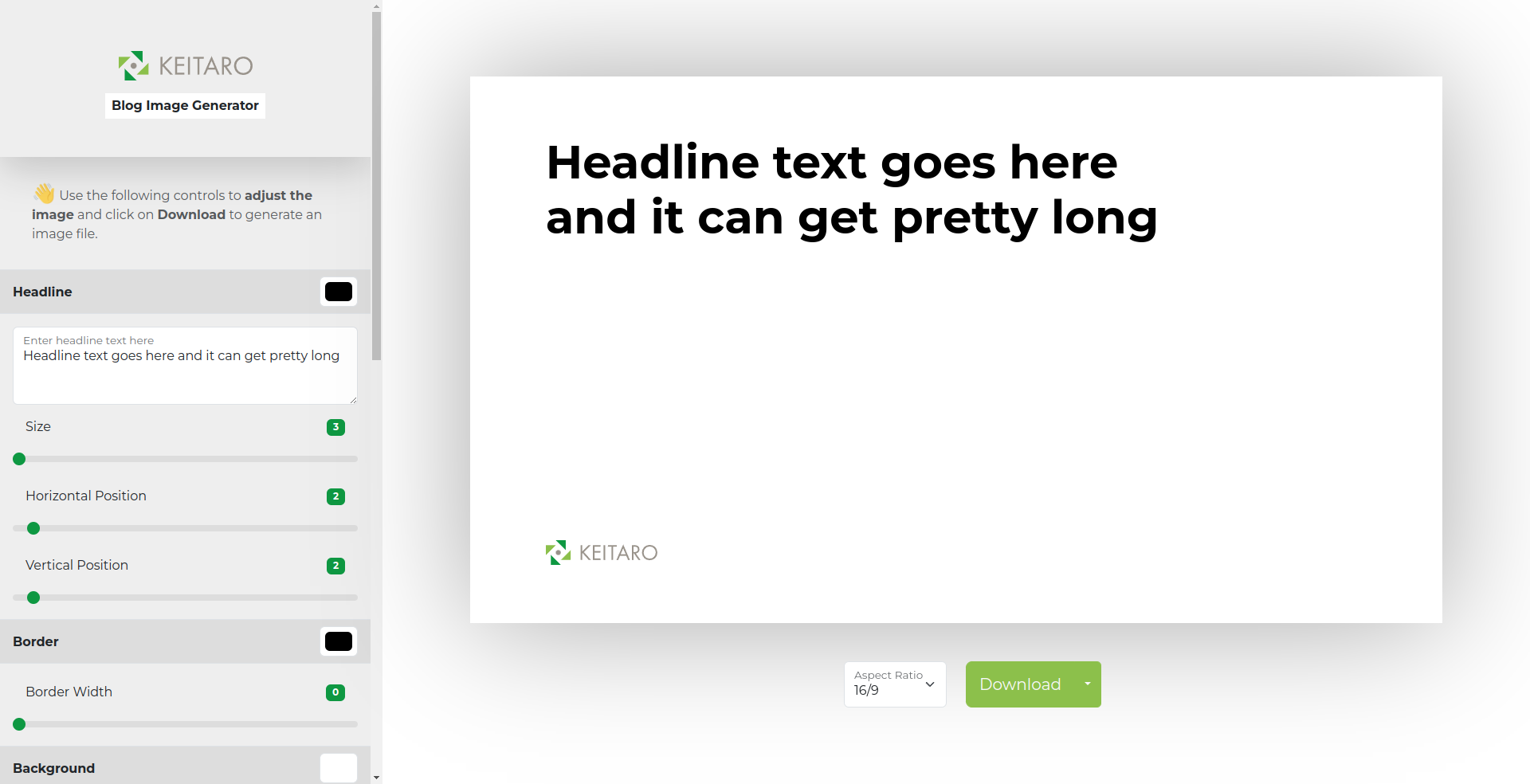
Lessons Learned
Several common threads weave through these case studies: the value of user feedback, the need for iterative refinement, and the importance of adapting to evolving user requirements. These lessons serve as guiding principles for future UCD endeavors.
Designing the overall User Experience (UX) for a project can be an abstract and formidable task, demanding expertise across various disciplines, including:
- Human-computer interaction
- User Interface design
- Information Architecture
- Usability
- Visual design
In conclusion, User-Centered Design is not just a methodology, it’s a mindset that places users at the heart of the design process. By embracing empathy, iteration, and usability testing, designers can create products and services that leave a lasting impact. As we move forward, let’s continue to champion UCD, ensuring that every user interaction is not just functional but delightful, making the digital landscape a user-friendly haven.
